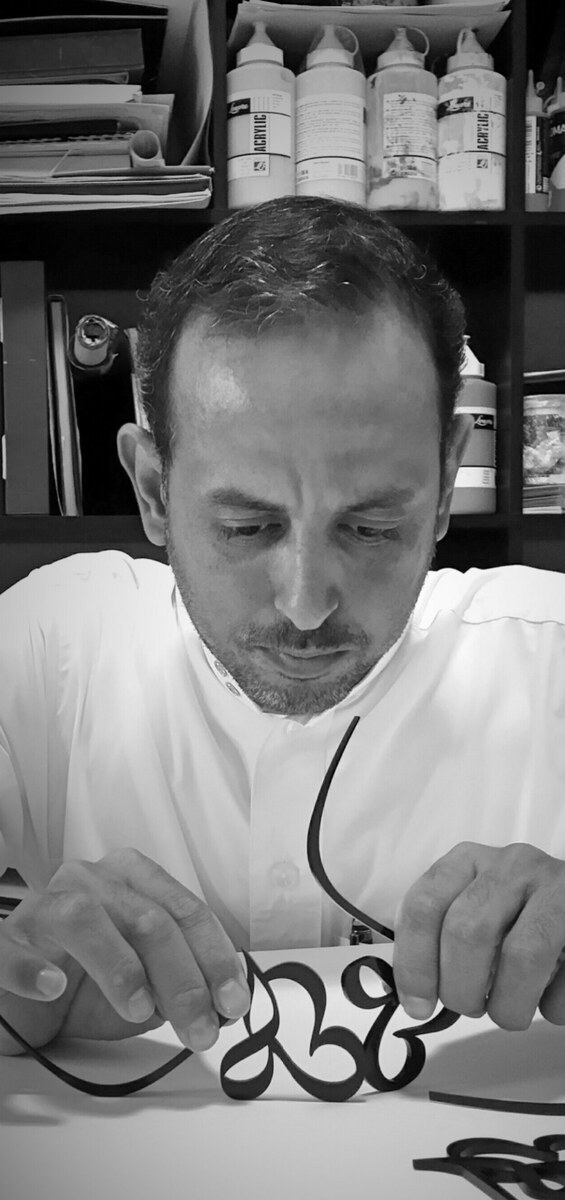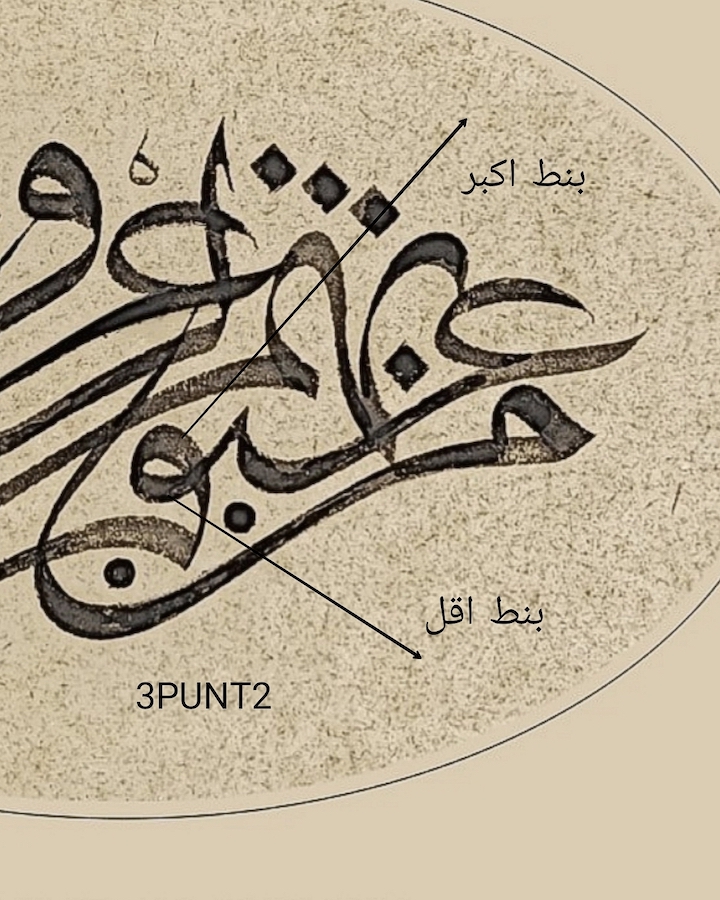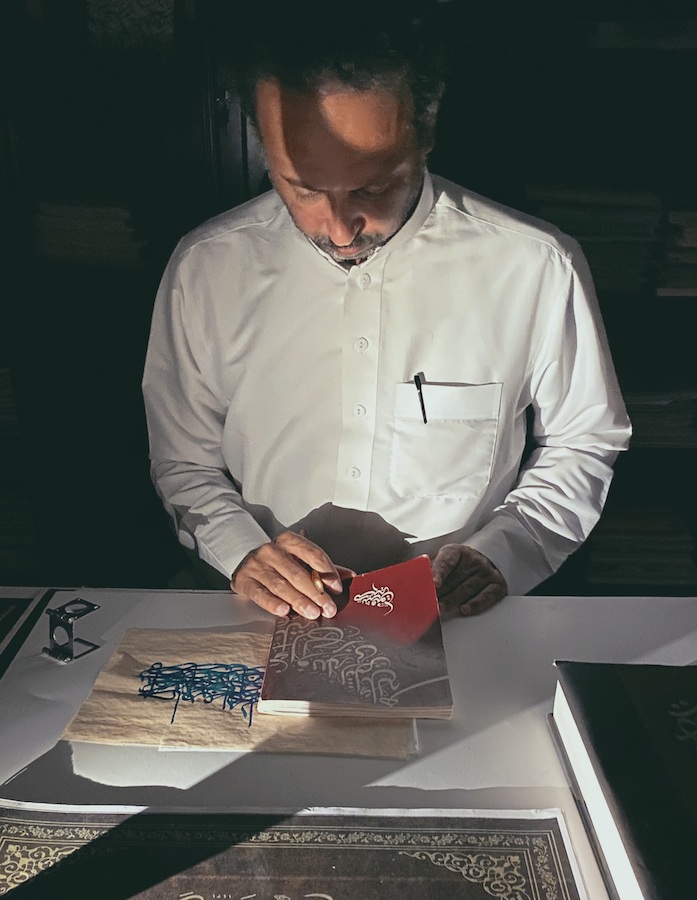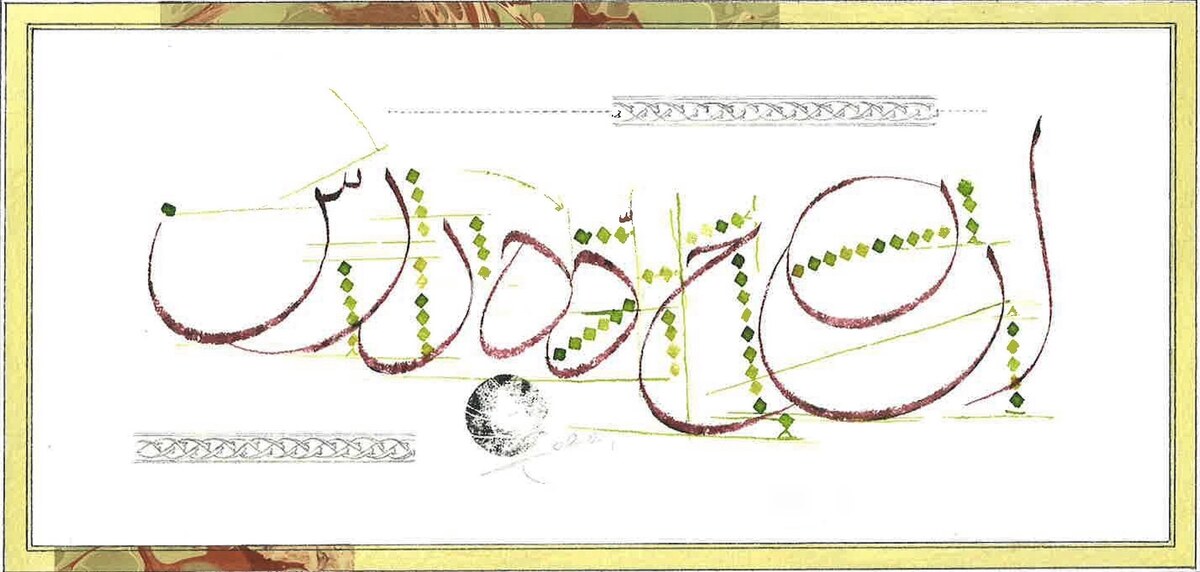ALULA: Roughly half an hour’s drive from AlUla’s Prince Abdul Majeed bin Abdulaziz International Airport, Cloud7 Residence is the largest hotel in the area, boasting 301 modern bungalows. Each unit is thoughtfully designed, featuring individual private terraces from which guests can enjoy awe-inspiring views of AlUla’s stunning landscapes — mountains and lush greenery.
Cloud7’s decor blends the ancient with the trendy. Coupled with the traditional Saudi hospitality on offer, this is a truly nice place to stay. It’s the chillest hotel/resort I’ve been to in ages.

Inside one of the 301 bungalows at Cloud7 Residence. (Supplied)
The beds are comfortable and the rooms are well-equipped, including plenty of places to plug in your devices. There are eco-friendly products provided, including chewable toothpaste that comes in tiny pills in a glass jar, and which activates once you have some water in your mouth.
The fridge comes stocked with complimentary sodas and plenty of water bottles at the ready — also useful for feeding into the coffee machine.
The main mode of transportation in the grounds, whether taking your luggage to your room, going to breakfast or to relax by the pool, or heading to your next activity, is a buggy. There was usually one right outside my door each time I emerged from my bungalow, but if there isn’t, you can simply call for one.

The swimming pool at Cloud7 Residence AlUla. (Supplied)
The residence is an ideal base for both short- and long-term stays, designed to accommodate the needs of leisure seekers, adventure enthusiasts and business travelers alike in its secure, gated space.
As part of the residence’s commitment to honoring local heritage, a series of murals created by local artists adorn the walls. Artists including Hanan Sami and Maram AlSelayem brought their individual styles to the project, creating pieces that highlight AlUla’s natural beauty and heritage. The venue’s community and culture manager, Fahad Alfaqir, said the artists who painted the murals are all from AlUla, as he is, and that they depicted local plants and flowers to decorate the spaces and used inscriptions from indigenous languages.
Cloud7 Residence AlUla’s dining experiences range from gourmet meals to relaxed, family-friendly options. Charcood, the resort’s signature restaurant, offers a selection of smoky, charcoal-grilled dishes crafted by Chef Jaume Puigdengolas. Open for breakfast, dinner, and light bites, it was my go-to place to start the day.

One of the murals at Cloud7. (Supplied)
For those who prefer a more casual atmosphere, Off-Road Café serves lunch, dinner and light snacks in a laidback setting, perfect for watching live sports or movies on large screens. Guests can enjoy playing pool, darts and foosball, or indulge in some shisha outside.
For those seeking a relaxing time away from being away, the Pool Lounge offers casual dining with comfortable beanbags and a curated menu of international flavors, all presented poolside. It was perhaps my favorite spot to sit and literally reflect while the serene water reminds you to stay centered.
Cloud7 Residence AlUla is also in a prime location for exploring AlUla’s many historical sites. Visitors can easily reach attractions like the ancient city of Dadan, Jabal Ikmah’s rock inscriptions and — my favorite — Old Town. You can book guided tours, but the hotel also provides car and bike rentals.
Cloud7 Residence AlUla is more than just somewhere to stay; it’s an invitation to connect with the timeless beauty of AlUla — a place which makes you feel so big and so small all at once.





























